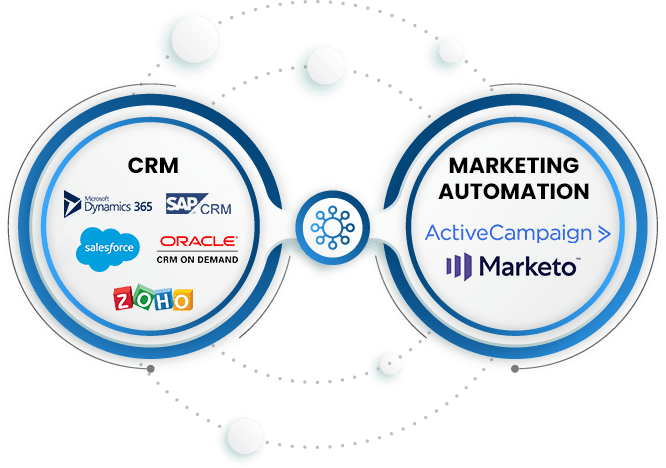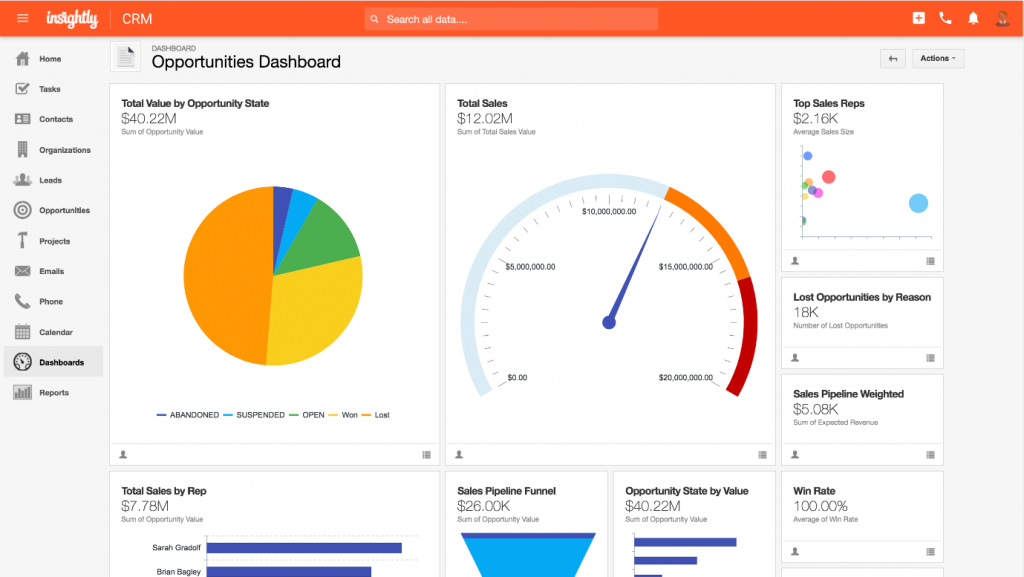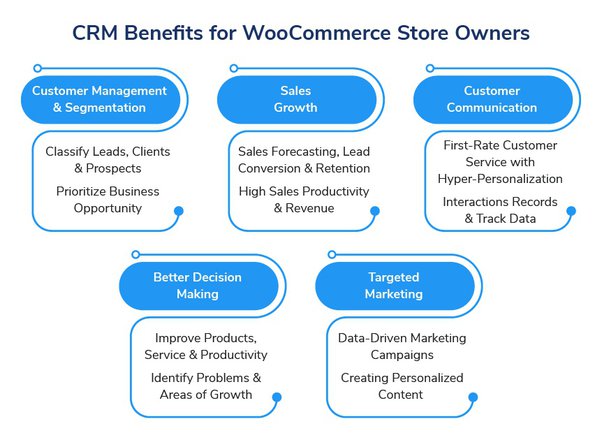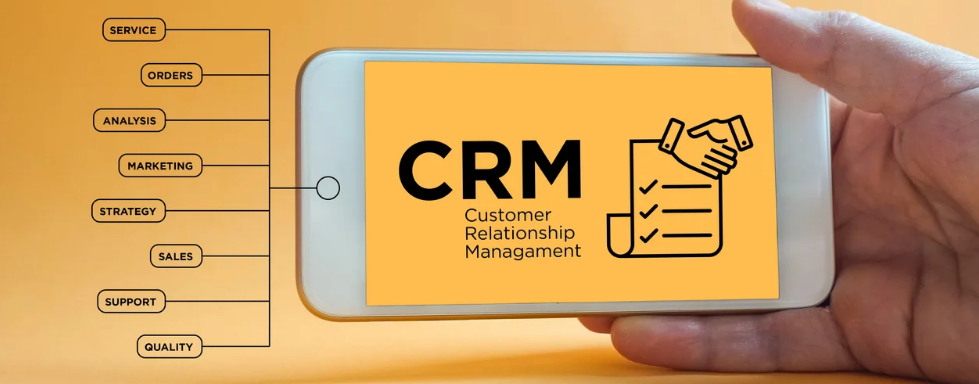Maximize Conversions: The Ultimate Guide to CRM Marketing Landing Pages
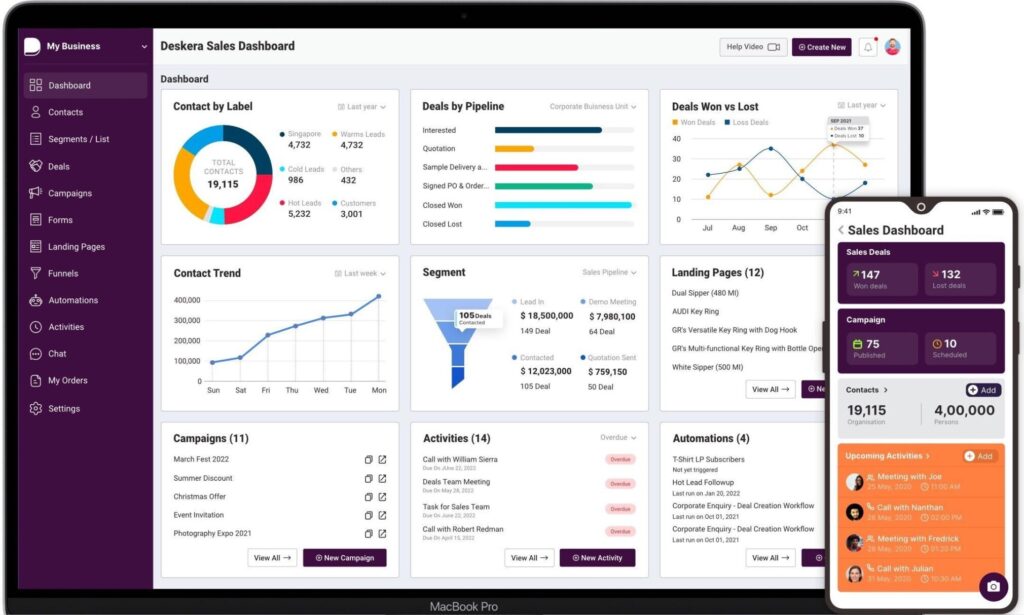
Maximize Conversions: The Ultimate Guide to CRM Marketing Landing Pages
In the ever-evolving landscape of digital marketing, capturing and converting leads is paramount. One of the most effective strategies for achieving this goal is through the strategic implementation of CRM marketing landing pages. These pages are specifically designed to convert visitors into leads, and eventually, customers. This comprehensive guide will delve into the intricacies of crafting high-converting CRM marketing landing pages, providing you with the knowledge and tools to transform your marketing efforts.
Understanding the Power of CRM Marketing Landing Pages
A CRM (Customer Relationship Management) marketing landing page is a standalone web page created with a single, focused objective: to convert visitors into leads. Unlike your website’s homepage, which serves multiple purposes, a landing page is laser-focused on a specific call to action (CTA), such as submitting a form, downloading a resource, or signing up for a demo. When integrated with your CRM system, these landing pages become even more powerful.
The integration allows for seamless data collection and management. As visitors interact with your landing pages, their information is automatically fed into your CRM, providing valuable insights into their behavior, preferences, and needs. This data enables you to personalize your marketing messages, segment your audience, and nurture leads more effectively.
Why CRM Marketing Landing Pages are Essential
- Targeted Messaging: Landing pages allow you to tailor your message to specific audience segments.
- Increased Conversions: Focused CTAs and streamlined design lead to higher conversion rates.
- Lead Generation: Landing pages are designed to capture leads through forms and offers.
- Data Collection: Integrate with your CRM to capture valuable customer data.
- Improved ROI: Optimized landing pages improve the return on investment (ROI) of your marketing campaigns.
Key Components of a High-Converting Landing Page
Creating a successful CRM marketing landing page requires careful planning and execution. Several key components contribute to its effectiveness. Let’s explore these essential elements:
1. Compelling Headline
Your headline is the first thing visitors see. It needs to grab their attention immediately and clearly communicate the value proposition of your offer. Use strong verbs, highlight the benefits, and keep it concise. Consider using numbers or questions to pique interest.
2. Engaging Visuals
Visuals, such as images and videos, play a crucial role in capturing attention and conveying your message. Use high-quality visuals that are relevant to your offer and align with your brand. Videos can be particularly effective for explaining complex concepts or showcasing your product/service in action.
3. Clear and Concise Copy
Your copy should be easy to read and understand. Use clear language, avoid jargon, and focus on the benefits of your offer. Break up large blocks of text with headings, subheadings, bullet points, and white space to improve readability. Address the pain points of your target audience and explain how your solution can help them.
4. Strong Call to Action (CTA)
Your CTA is the most important element of your landing page. It tells visitors what you want them to do. Make your CTA clear, concise, and visually prominent. Use action-oriented verbs, such as “Get Started,” “Download Now,” or “Request a Demo.” Place your CTA strategically on the page, and consider using multiple CTAs if appropriate.
5. Optimized Form
Your form is the gateway to capturing leads. Keep it short and only ask for the essential information you need. The fewer fields you have, the higher your conversion rate will likely be. Use clear labels, and make sure your form is mobile-friendly. Consider using progressive profiling to gather more information about leads over time.
6. Social Proof
Build trust and credibility by including social proof on your landing page. This can include customer testimonials, case studies, logos of your clients, or industry awards. Social proof reassures visitors that your offer is legitimate and that others have benefited from it.
7. Mobile Optimization
Ensure your landing page is fully responsive and optimized for mobile devices. A significant portion of your traffic will come from mobile users, so it’s crucial to provide a seamless and user-friendly experience on all devices. Test your landing page on various devices and browsers to ensure it renders correctly.
Integrating Your Landing Pages with Your CRM
The true power of CRM marketing landing pages lies in their integration with your CRM system. This integration enables you to automate data collection, personalize your marketing efforts, and track the performance of your campaigns.
Steps for Successful CRM Integration:
- Choose the Right CRM: Select a CRM system that meets your business needs and integrates seamlessly with your marketing platform.
- Map Fields: Ensure that the form fields on your landing page map correctly to the corresponding fields in your CRM.
- Automate Data Transfer: Set up automated data transfer to ensure that lead information is automatically captured and updated in your CRM.
- Segment Your Audience: Use the data collected from your landing pages to segment your audience and tailor your marketing messages.
- Track Performance: Monitor the performance of your landing pages and campaigns in your CRM to identify areas for improvement.
Designing for Conversion: Best Practices
The design of your landing page plays a crucial role in its conversion rate. Here are some best practices to follow:
1. Keep it Simple
Avoid clutter and distractions. Focus on a single, clear message and CTA. Use a clean and uncluttered design to guide visitors’ attention to the desired action.
2. Use a Consistent Brand Identity
Ensure that your landing page reflects your brand’s visual identity, including your logo, colors, and fonts. This consistency helps build trust and reinforce your brand’s recognition.
3. Optimize for Speed
Ensure your landing page loads quickly. Slow loading times can frustrate visitors and lead to a high bounce rate. Optimize images, use a content delivery network (CDN), and minimize code to improve page speed.
4. A/B Testing
A/B testing is essential for optimizing your landing pages. Test different headlines, visuals, CTAs, and form fields to identify the elements that perform best. Continuously test and refine your landing pages to improve their conversion rates.
5. User Experience (UX)
Prioritize user experience. Ensure your landing page is easy to navigate, visually appealing, and mobile-friendly. Make it easy for visitors to find the information they need and complete your desired action.
Examples of Effective CRM Marketing Landing Pages
Let’s examine some examples of effective CRM marketing landing pages:
Example 1: Software Demo Signup
Headline: “Unlock the Power of [Software Name] with a Free Demo”
Description: A simple landing page offering a free demo of a CRM software. The page features a compelling headline, a short video showcasing the software’s features, and a clear CTA button that says “Request a Demo.” The form is concise, asking for only essential information.
Example 2: eBook Download
Headline: “Download Your Free Guide to [Relevant Topic]”
Description: A landing page offering a free eBook on a relevant topic. The page features a visually appealing image of the eBook cover, a brief description of the eBook’s contents, and a CTA button that says “Download Now.” The form is designed to collect leads’ email addresses in exchange for the eBook.
Example 3: Webinar Registration
Headline: “Register Now for Our Exclusive Webinar on [Topic]”
Description: A landing page promoting a webinar. The page includes the webinar’s date, time, and topic, along with a speaker bio and a clear CTA button that says “Register Now.” The form collects registrants’ names and email addresses.
Measuring and Analyzing Landing Page Performance
Tracking and analyzing the performance of your landing pages is crucial for continuous improvement. Here are some key metrics to monitor:
1. Conversion Rate
The percentage of visitors who complete your desired action (e.g., submitting a form, downloading a resource). This is the most important metric to track.
2. Bounce Rate
The percentage of visitors who leave your landing page without taking any action. A high bounce rate indicates that your landing page may not be engaging or relevant to your target audience.
3. Time on Page
The average amount of time visitors spend on your landing page. This metric can provide insights into how engaging your content is.
4. Click-Through Rate (CTR)
The percentage of visitors who click on your CTA button. A high CTR indicates that your CTA is effective.
5. Form Completion Rate
The percentage of visitors who complete your form. This metric indicates how user-friendly your form is.
Tools for Analyzing Performance:
Use tools like Google Analytics, your CRM’s built-in analytics, and A/B testing platforms to track and analyze these metrics.
Common Mistakes to Avoid
Even with the best intentions, mistakes can happen. Here are some common pitfalls to avoid when creating CRM marketing landing pages:
1. Not Having a Clear Goal
Every landing page should have a single, focused goal. If you try to do too much, you’ll confuse visitors and decrease your conversion rates.
2. Poor Design
A poorly designed landing page can be a major turnoff for visitors. Ensure your design is clean, visually appealing, and mobile-friendly.
3. Unclear or Confusing Copy
Your copy should be easy to understand and clearly communicate the value of your offer. Avoid jargon and technical terms that your target audience may not understand.
4. Ignoring Mobile Users
Ensure your landing page is fully responsive and optimized for mobile devices. A significant portion of your traffic will come from mobile users, so it’s crucial to provide a seamless and user-friendly experience on all devices.
5. Not Testing and Optimizing
A/B testing is essential for optimizing your landing pages. Continuously test different elements to identify what works best and refine your landing pages accordingly.
The Future of CRM Marketing Landing Pages
The landscape of digital marketing is constantly evolving, and CRM marketing landing pages are no exception. Here are some trends to watch:
1. Personalization
Personalization will continue to be a key trend. Use the data you collect from your CRM to personalize your landing pages and tailor your messaging to individual visitors.
2. Interactive Content
Interactive content, such as quizzes, calculators, and polls, can be highly engaging and increase conversion rates. Consider incorporating interactive elements into your landing pages.
3. Video Marketing
Video is becoming increasingly popular. Use video to explain complex concepts, showcase your product/service in action, and connect with your audience on a more personal level.
4. Voice Search Optimization
With the rise of voice search, it’s important to optimize your landing pages for voice queries. Use natural language and focus on answering questions directly.
5. AI-Powered Landing Pages
Artificial intelligence (AI) is being used to personalize landing pages, optimize content, and improve conversion rates. Explore the use of AI-powered tools to enhance your landing page performance.
Conclusion
CRM marketing landing pages are a powerful tool for generating leads, driving conversions, and growing your business. By following the best practices outlined in this guide, you can create high-converting landing pages that effectively capture leads and convert them into customers. Remember to focus on clarity, compelling visuals, a strong CTA, and continuous testing to optimize your landing page performance. The integration of CRM data will allow you to personalize and target your marketing efforts for maximum impact. Embrace the evolving trends in landing page design and technology to stay ahead of the curve and maximize your return on investment.

